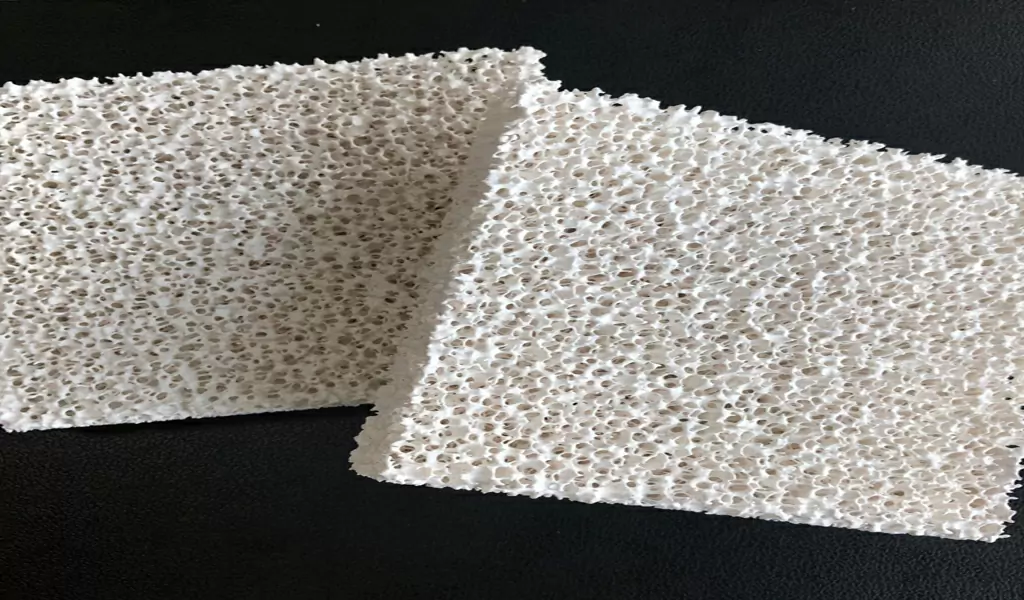
Forming and Heat Treatment of Silicon Nitride The most common method to form and subsequently sinter silicon nitride is hot pressing with MgO addition; however, thanks to current advancements, pressureless sintering is achievable. In order to densify the silicon nitride compact without introducing high pressure, yttrium oxide (Y2O3) and aluminum oxide (Al2O3) must be added.
The compacts can then be sintered at a temperature of 1750°C without increasing pressure; however, the maximum densification rate occurs between temperatures of 1450-1500°C. The total shrinkage and temperature at which densification begins depends on the production route of the silicon nitride powder used.
Since Si3N4 is sensitive to impurities in the atmosphere, heat treatment of Si3N4 powder requires N2 atmosphere or vacuum. Contamination of the atmosphere with H2O, O2 or H2 has a significant effect on the product being heat treated.
Removal Of Impurity Gases
The removal of impurity gases, especially oxygen, is difficult in commercial production. If the metallic silicon is still present (which has not yet reacted to form Si3N4) and oxygen or water vapor is present, the metallic silicon will oxidize to SiO2, resulting in the formation of a glassy phase upon cooling.
The formation of silicon oxide r O2 due to the presence of H2O and /O can be detected visually by the “glaze” on the surface of the Si3N4 product. 5 The presence of oxygen and/or water vapour can also adversely affect Si3N4 already formed, possibly leading to oxidation of silicon nitride (forming Si2N2O) or to dissociation of silicon nitride (the former reaction is more thermodynamically stable):
2Si3N4 + 1.5O2 –> 3Si2N2O + N2, ΔG1227°C = -1063 kJ/mole
Si3N4 + 3O2 –> SiO2 + 2N2, ΔG1227°C = -802 kJ/mole
In the temperature range of 1000-1400°C, the activation energy (Q) for the oxidation of silicon nitride is about 486 kJ/mol, while for the oxidation of silicon metal, Q = 112 kJ/mol for the same temperature range. In contrast, the presence of a small amount (0.2%) of H2 gas during nitridation has been shown to result in increased weight gain, implying a more complete nitridation of silicon particles. 5
Bonding Stage
The Si3N4 bonded phase can be formed in situ during a proprietary thermal process using all three methods of silicon nitride formation. These processes produce very large (up to 900 lb) industrial Si3N4 bonded silicon carbide parts with very tight tolerances, typically ± 0.04 inches.
About China Advanced Ceramic CNC Machining Company - Be-Cu
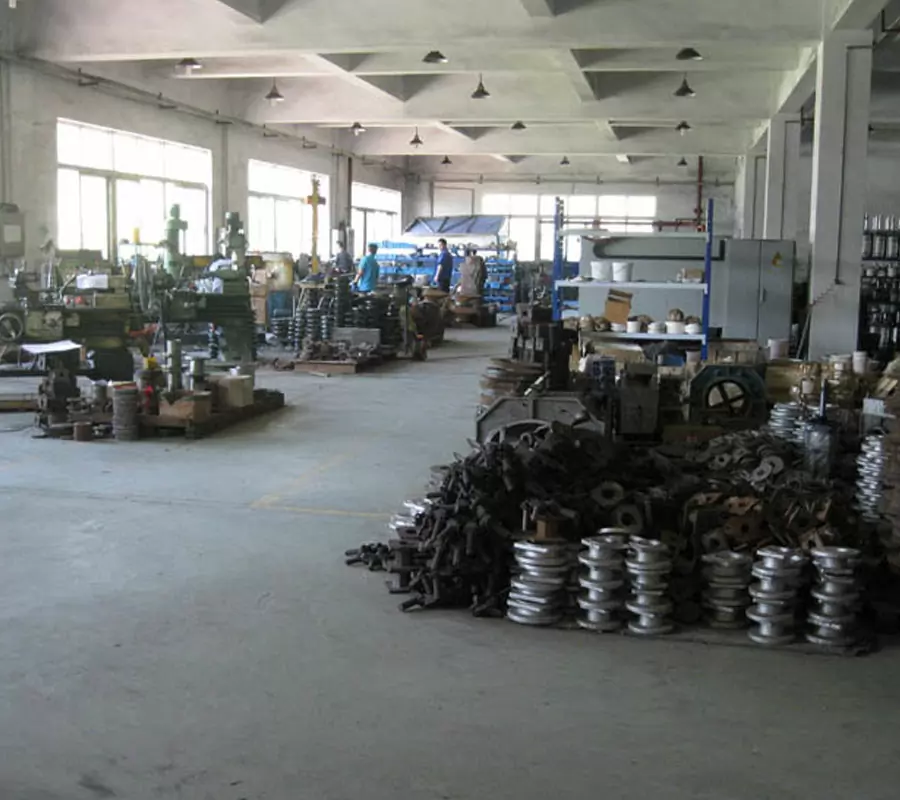
Manufacturer of precision machined components. Ceramic cnc machining components include high dielectric strength, electrical & corrosion resistance, & non-porous & non-shrinking properties.Manufacturer of high temperature fabricated and machinable ceramics including alumina, glass-ceramic, alumino-silicate, boron nitride and zirconium phosphate. Adhesives, coatings and potting compounds to 3200 degrees F,Air firing services for ceramics up to 1650 degrees C also available. Products include insulators, guides, washers, tubes, blocks, & rods for thermal, electrical, corrosion exposure, structural, wear, & semi-conductor operations. Services include machining to tolerances of +/- .0001, ultrasonic core drilling, centerless grinding, milling, & ID & OD threading.Surface grinding, dicing, OD (outer dia.) grinding, ID (inner dia.) grinding, centerless grinding, hole drilling, jig grinding, lapping, honing & polishing service are also available. Diamond grinding with dimensional tolerances of 5 microns & surface finishes of 0.2 microns (8 micro-in.) can be performed.Blanket orders and AutoCAD files & other 3d files accepted.Contact us for your machining ceramic project!
-
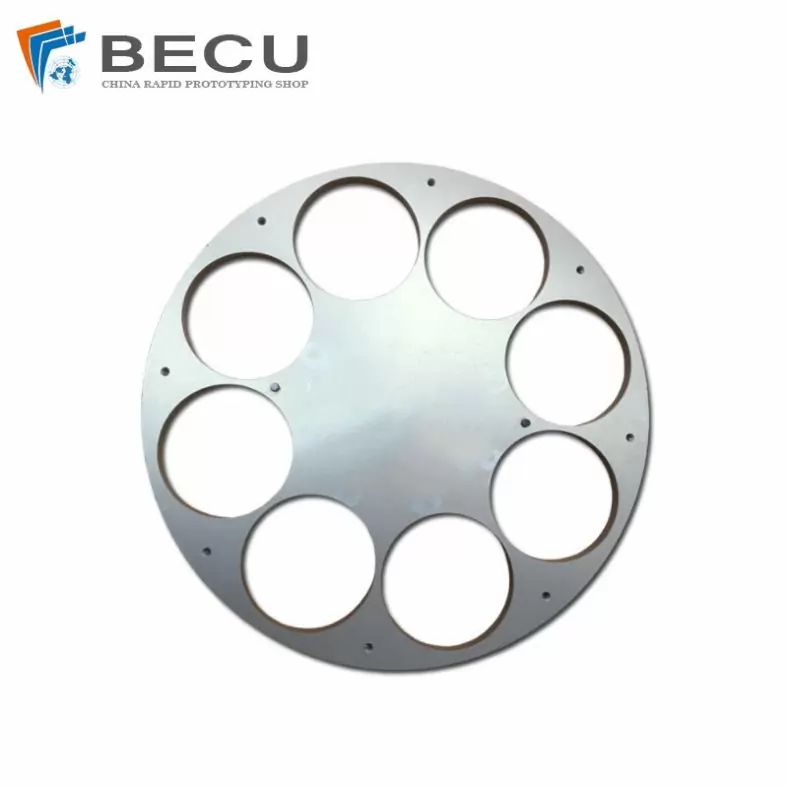
Metal Plating ZrO2 Zirconia Ceramic Parts
-
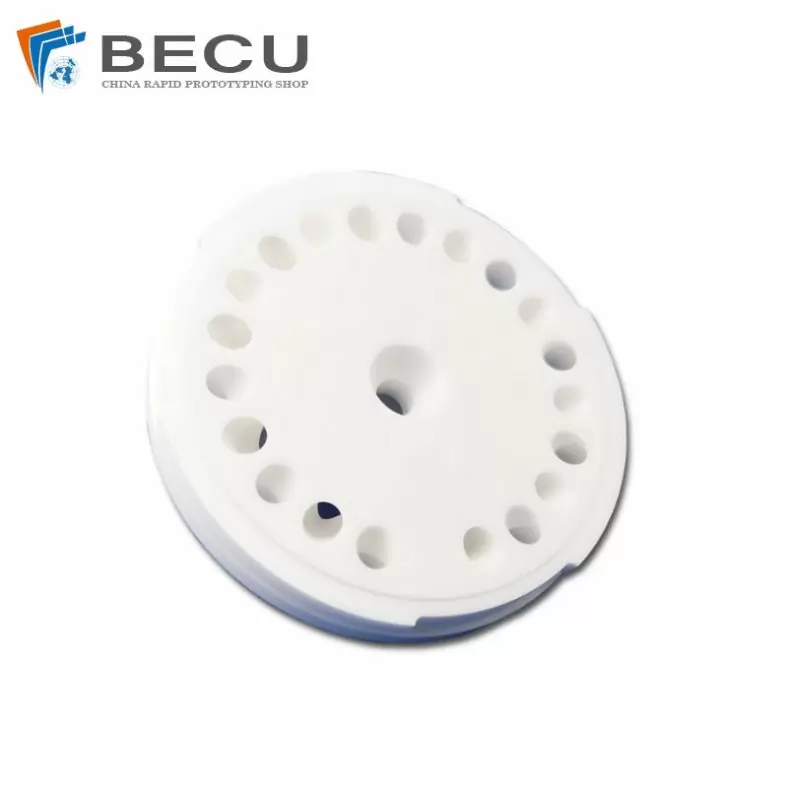
ZrO2 Structural Ceramic Semiconductor Parts
-

Alumina Ceramic Screw Type Parts
-
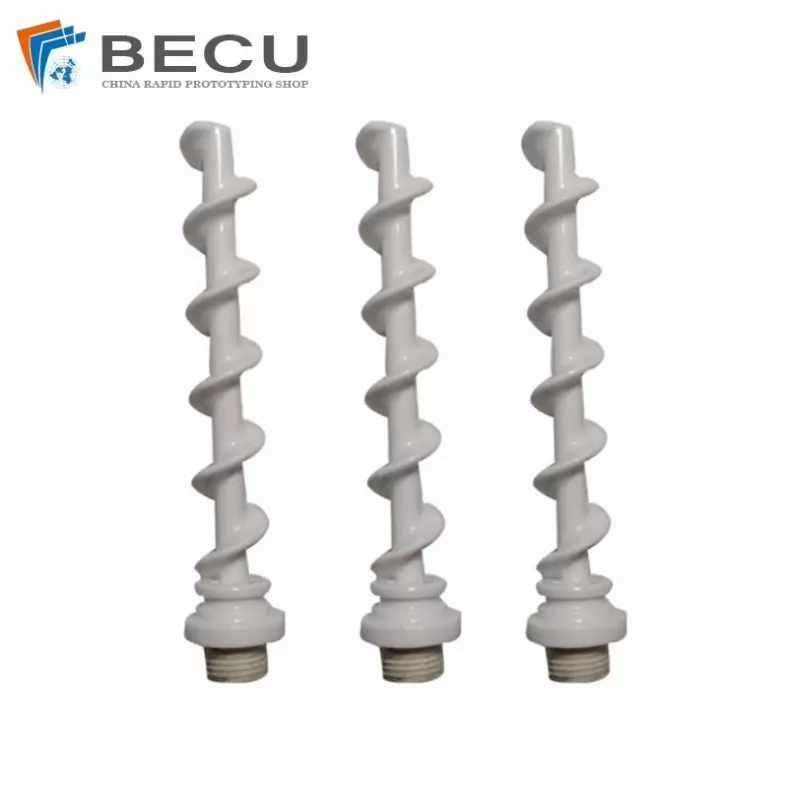
Cnc Machining Alumina Ceramic Screw Heating Pipe
-
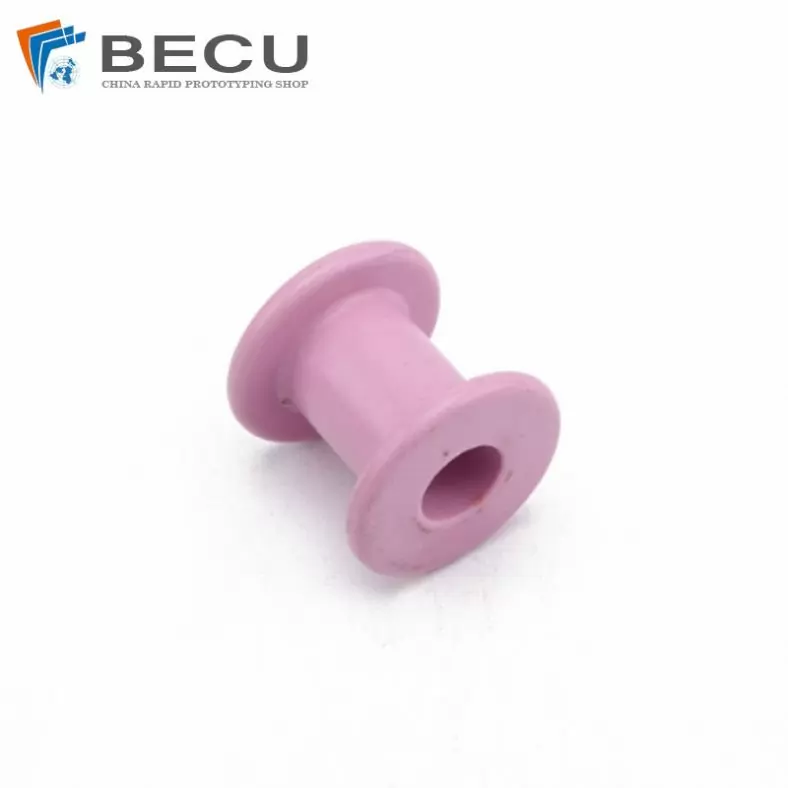
Brushed Fishing Tackle Alumina Ceramic Accessories
-

Winding Machine Alumina Ceramic Wire Wheel
-

Insulation Device Microcrystalline Ceramic Multi-Slot Ceramic Column
-
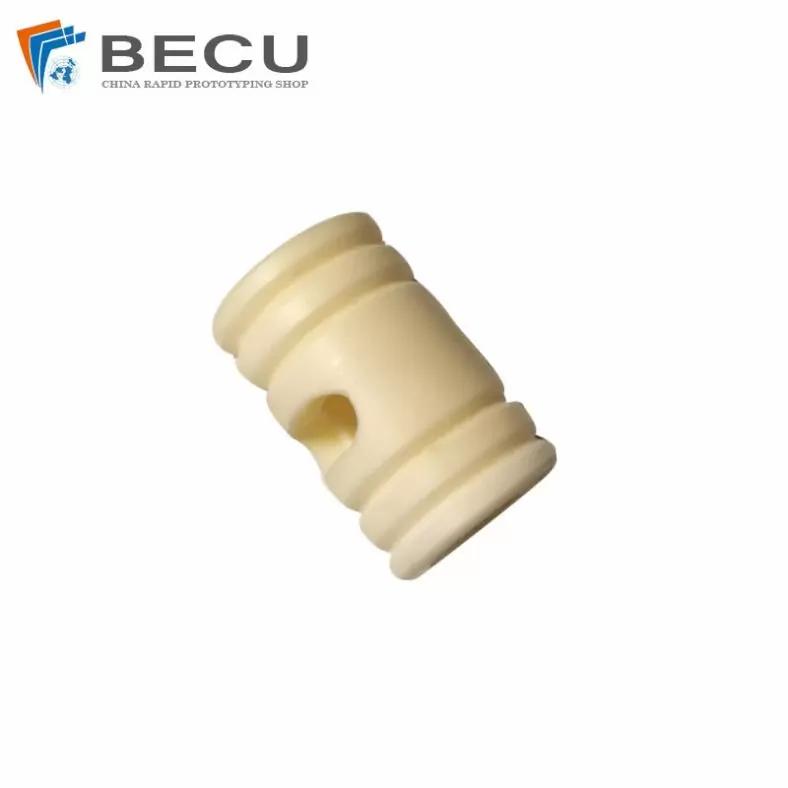
99 Alumina Ceramic Spool Insulator Sleeve
-
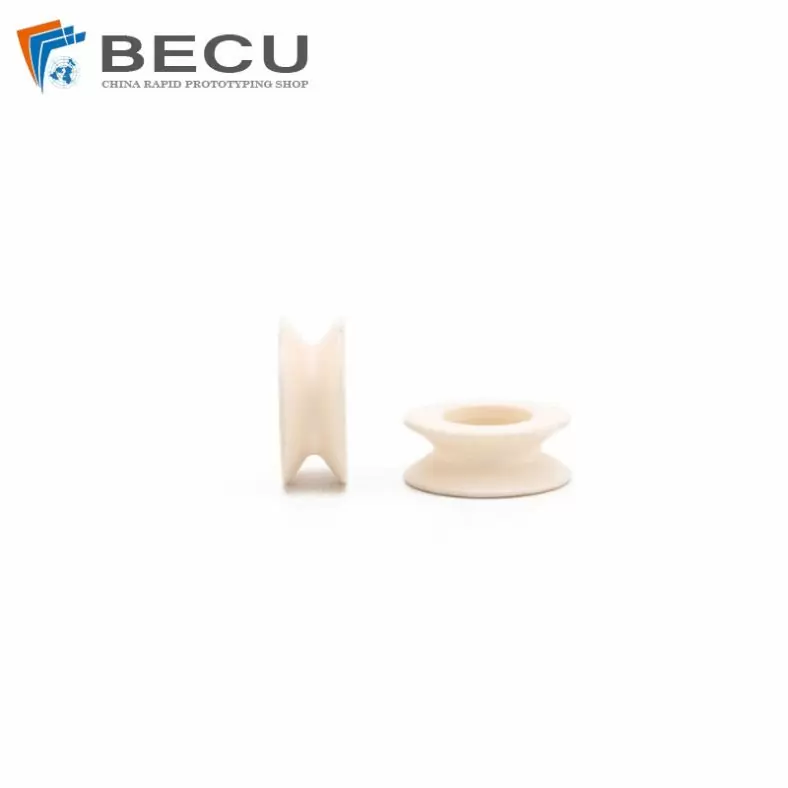
The Alumina Ceramic Ring Of Textile Machine Thread Passing Wheel
-

Isostatic Pressure Insulation Alumina Ceramic Column
